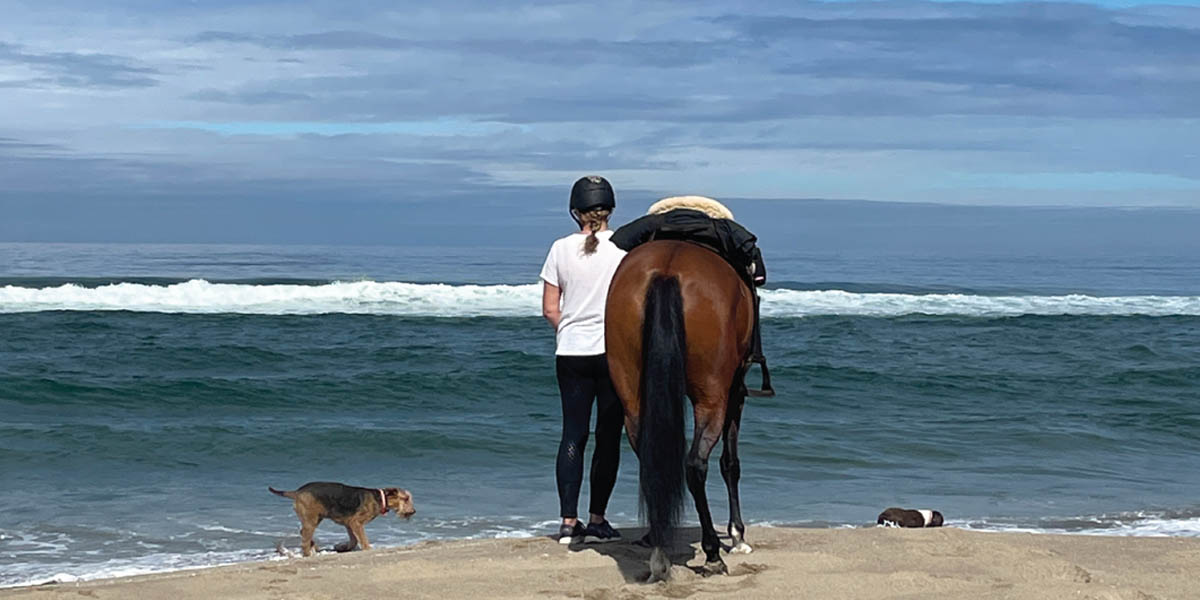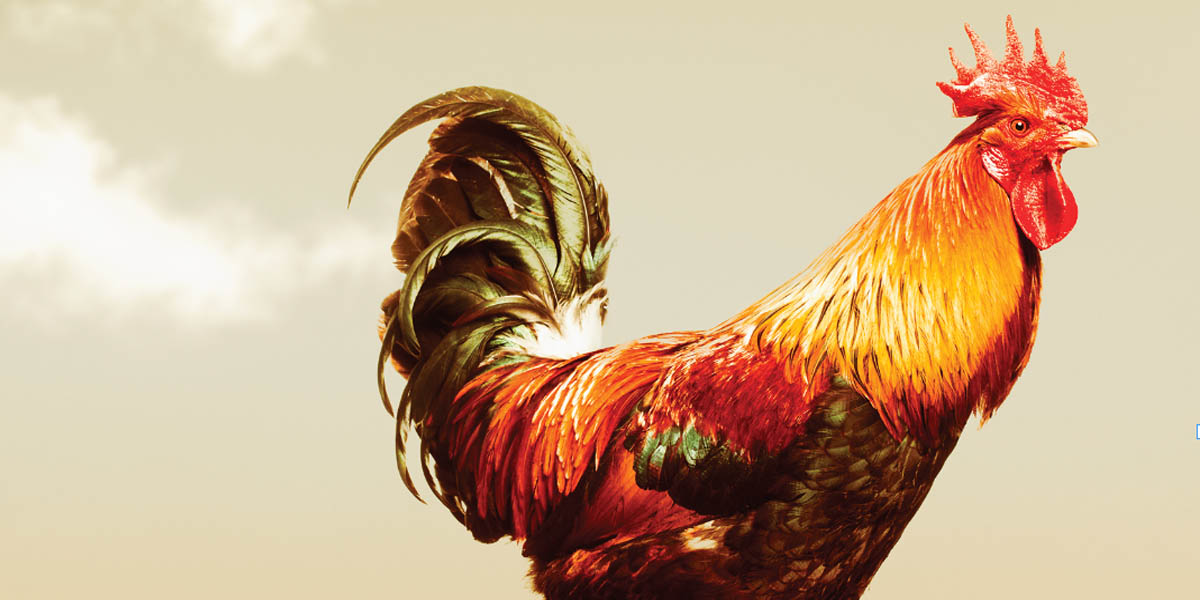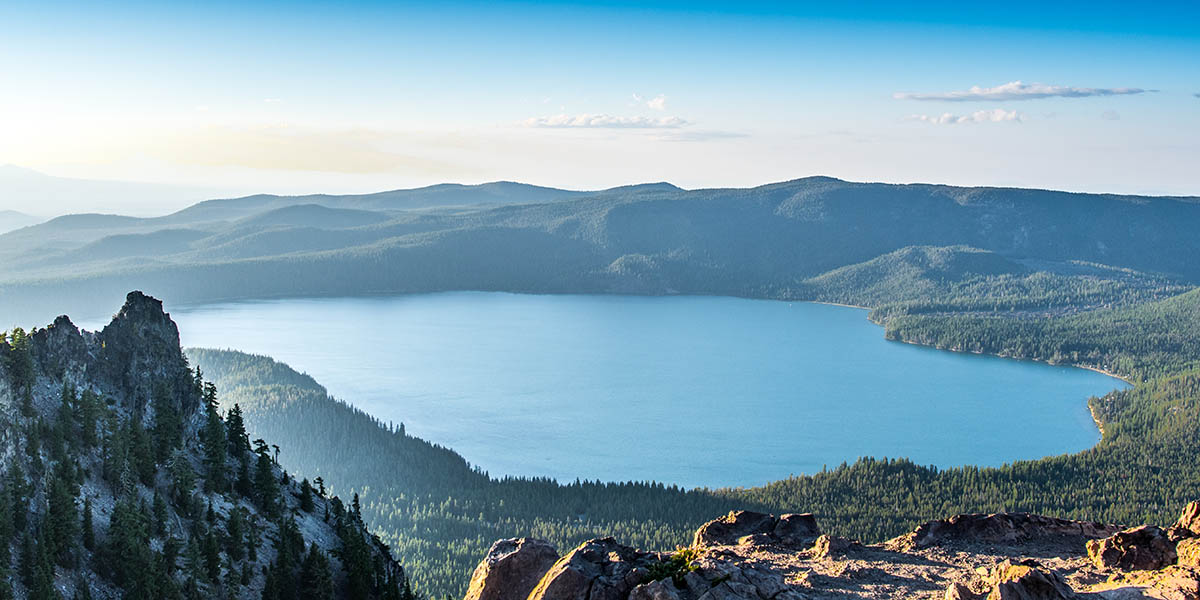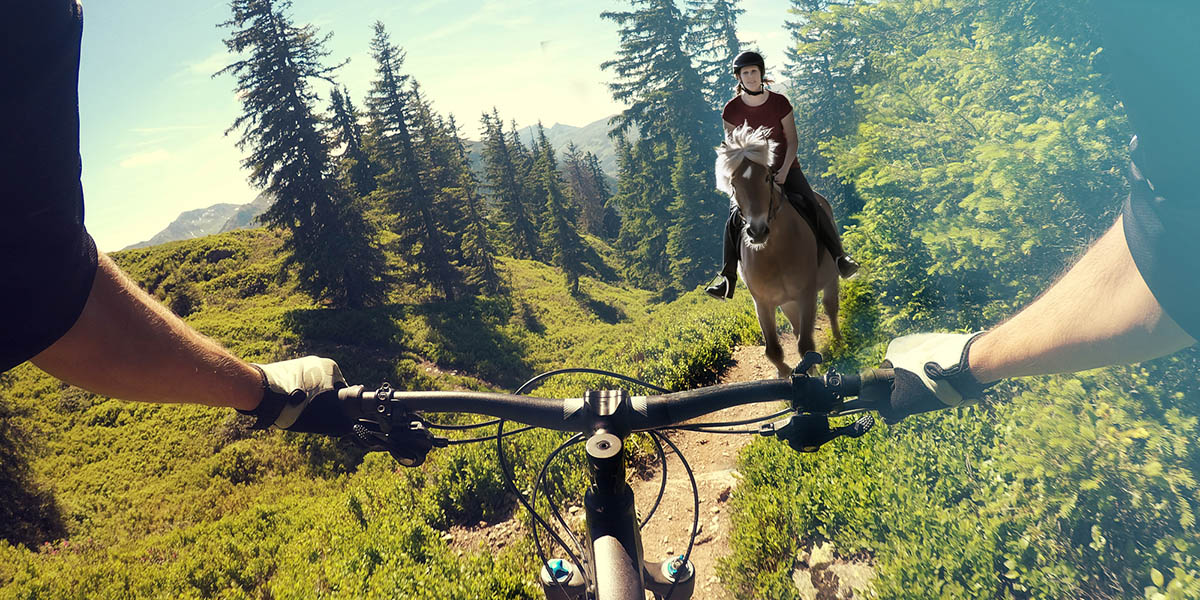5 Quick and Useful tips
Winter and spring are a great times to evaluate your barn for safety. While you are thinking of blanket repairs, water deicers and swapping seasonal equipment, you can apply a critical eye to your farm management routines that will help you keep your property safe for horses and humans.
Continue reading
Horse camping at the Newberry Volcanic Monument is truly a unique experience. The variation of scenery, terrain, and access to amenities is unmatched compared almost any other location in Central Oregon. Yet, almost every summer we head to Chief Paulina Horse Camp, the only horse camp within the caldera, and there is almost no one else using the camp. We often visit on holiday weekends because it’s a first come, first serve camp (fee $14-18). When all other camps are likely full we have never failed to get a nice spot at Chief Paulina Horse Camp. In fact, many times we’ve had the whole place to ourselves. Although solitude can be nice for us, I get concerned when I see such a great camp woefully under utilized. If we don’t use it we just might lose it. So, set aside a little time this summer to visit this wonderful camp and experience this incredible national monument that’s right in our back yard.
Continue reading
Hanging in my tack room are two well-worn helmets. The GPA Speed Air (retails arounn $649) and the Tipperary Sportage (retails around $79.95). I am asked a fairly consistent range of questions about them by curious riding buddies. Here are a few of my thoughts on how they stack-up.
1. Is the expensive helmet really more comfortable?
The short answer.... Yes, most of the time. The specific hat sizing, in 1/8” increments, of the GPA seems to provide the better fit. When I first put it on it took just a few tiny tweaks of the lining and it fit like a glove. The less expensive helmet came in standard S, M, L sizing. I have readjusted it a number of times and although it’s fine, and comfortable enough, the fit of the GPA is better.
Continue reading
Tips for horse people & non-horse people for having pleasant interactions while out and about in Central Oregon
by Shawna Bowin
Trail conflicts are nothing new, and will probably never go away. And with warmer weather upon us, horses and riders are hitting the local trails regularly, and occasionally riding on the roads to get there. If you’re not a horse rider yourself, how should you handle your interactions with them, and maybe more importantly, WHY should you? If you are a horse rider, you may already have a good idea how to handle these interactions, but I’d be willing to bet that some of these tips will be helpful to you as well.
Why should I care?
Horses typically weigh 800-1200 pounds, react very quickly, and are prone to kick if they feel threatened. You don’t want one coming into contact with your vehicle, bike, dog, or body—it’s not likely to end well for anyone.
Continue reading

So many things to consider…
by Shawna Bowin
Maybe you’re new to owning a horse, or just new to having one on your property. Or maybe you’ve had horses so long that it’s been a while since you’ve even thought about shavings. What type do you want, what should you watch out for, and how do you want them packaged and/or delivered?
First, what type of shavings do you want?
It’s easier to determine the shavings you definitely do NOT want. Do not buy shavings from any company that also processes hard woods. Some may be safe for horses, but there are some, such as walnut or maple that are definitely toxic. Cedar is one that’s on the fence. Some horses are fine with it (and their owners love the smell!), but some horses can get respiratory issues or have skin irritation. Best to steer clear if you’re not sure how your horse will react, or if you have multiple horses who will use the shavings (more chances of one of the horses being sensitive). Pine and fir are both generally safe choices (though any animal can turn out to be allergic to any substance, of course) and are plentiful here in the northwest.
Continue reading
By Kim McCarrel - Kim is the author of five guidebooks about the horse trails of Oregon and southwest Washington. Her book, Riding Central Oregon Horse Trails, is a must-have for local trail riders. Learn more at NWHorseTrails.com.
Central Oregon certainly deserves its reputation as a mecca for equestrian trail riders. With its abundant sunshine, horse-friendly terrain, and spectacular views, it’s hard to imagine a better place to trail ride in the spring.
In Central Oregon, you have plenty of choices for spring trail rides.
Continue reading










